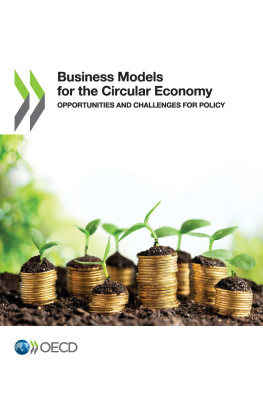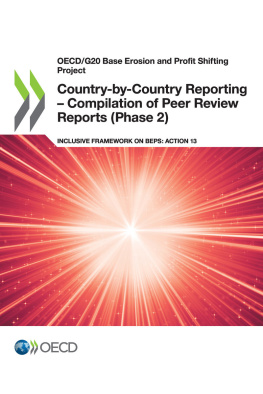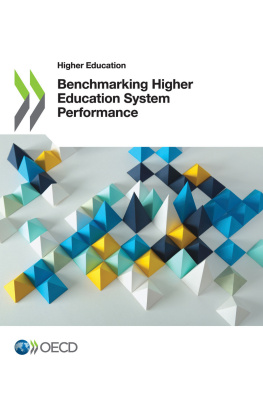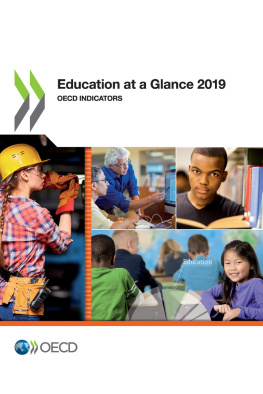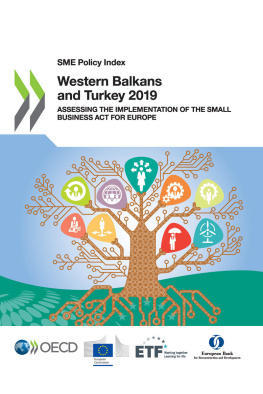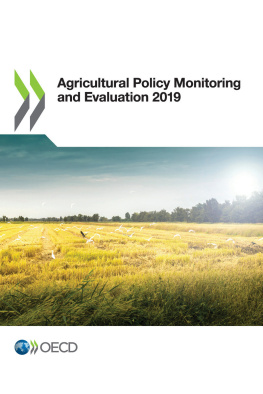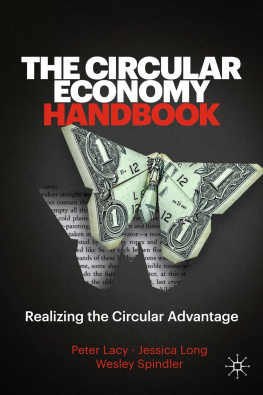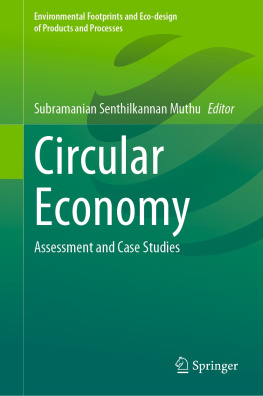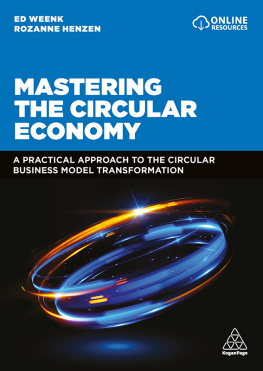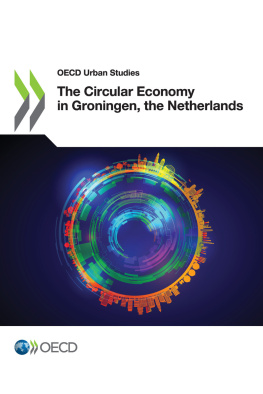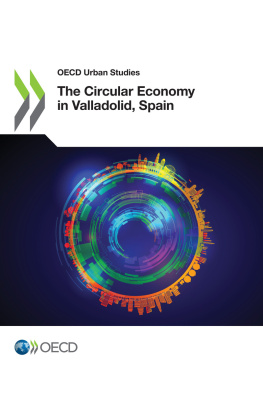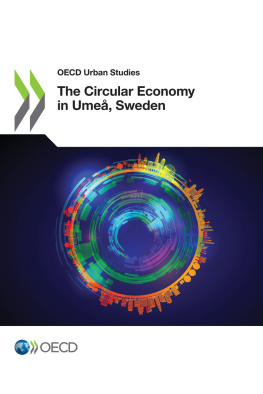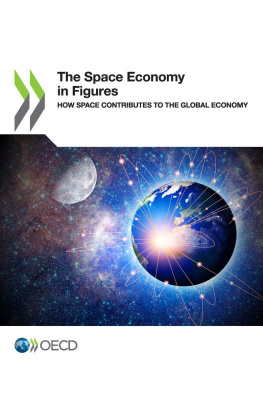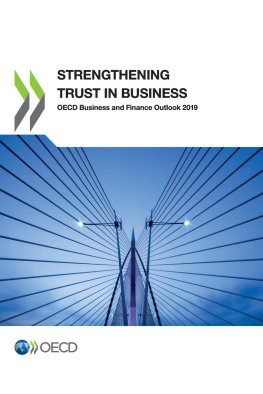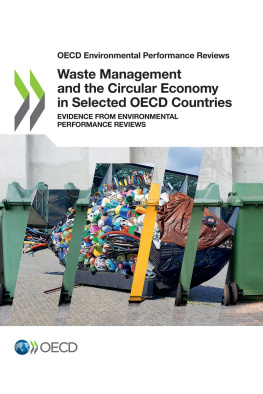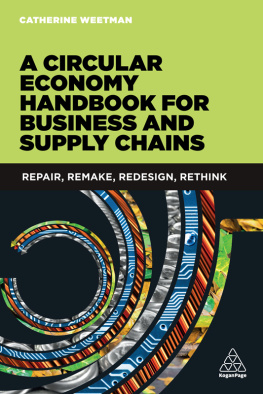OECD - Business Models for the Circular Economy
Here you can read online OECD - Business Models for the Circular Economy full text of the book (entire story) in english for free. Download pdf and epub, get meaning, cover and reviews about this ebook. year: 2019, publisher: OECD Publishing, genre: Romance novel. Description of the work, (preface) as well as reviews are available. Best literature library LitArk.com created for fans of good reading and offers a wide selection of genres:
Romance novel
Science fiction
Adventure
Detective
Science
History
Home and family
Prose
Art
Politics
Computer
Non-fiction
Religion
Business
Children
Humor
Choose a favorite category and find really read worthwhile books. Enjoy immersion in the world of imagination, feel the emotions of the characters or learn something new for yourself, make an fascinating discovery.
- Book:Business Models for the Circular Economy
- Author:
- Publisher:OECD Publishing
- Genre:
- Year:2019
- Rating:5 / 5
- Favourites:Add to favourites
- Your mark:
- 100
- 1
- 2
- 3
- 4
- 5
Business Models for the Circular Economy: summary, description and annotation
We offer to read an annotation, description, summary or preface (depends on what the author of the book "Business Models for the Circular Economy" wrote himself). If you haven't found the necessary information about the book — write in the comments, we will try to find it.
OECD: author's other books
Who wrote Business Models for the Circular Economy? Find out the surname, the name of the author of the book and a list of all author's works by series.
Business Models for the Circular Economy — read online for free the complete book (whole text) full work
Below is the text of the book, divided by pages. System saving the place of the last page read, allows you to conveniently read the book "Business Models for the Circular Economy" online for free, without having to search again every time where you left off. Put a bookmark, and you can go to the page where you finished reading at any time.
Font size:
Interval:
Bookmark:
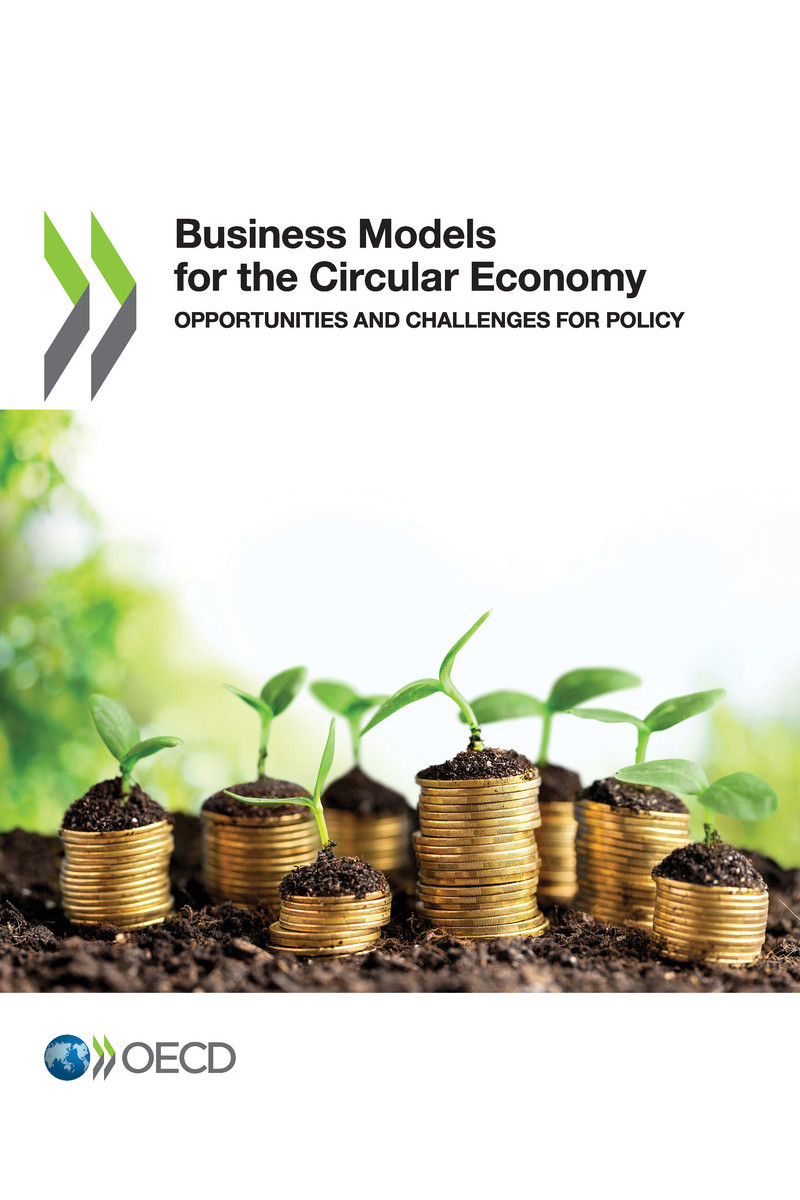
OECD (2019), Business Models for the Circular Economy: Opportunities and Challenges for Policy , OECD Publishing, Paris, https://doi.org/10.1787/g2g9dd62-en .
Recent decades have seen an unprecedented growth in demand for natural resources and the materials derived from them. Around 80 billion tonnes of minerals, fossil fuels, and biomass were fed into the global economy in 2011, and this is only likely to increase with population growth and improved standards of living. OECD modelling indicates that resource use may more than double by 2060 under business as usual.
Continued depletion of the planets natural resource stock will have a number of economic and environmental consequences. First, ongoing harvesting of mineral ores, fossil fuel reserves, and agricultural land will tend to place upwards pressure on resource prices, affecting resource access and economic development. Second, resource depletion in some countries, and the resulting concentration of supply in others, will tend to increase the likelihood of geo-politically related supply shocks. Third, the environmental pressures associated with the extraction, use, and disposal of natural resources will probably grow, with adverse impacts on quality of life as well as future economic growth.
These issues have sparked recent interest in how to decouple economic activity from natural resource use and their environmental impacts. Improved resource efficiency and a transition to a more circular economy are seen as key ways forward. Many countries have launched national circular economy, resource efficiency, or sustainable materials management roadmaps. Resource efficiency has also been included in the G7 and G20 agendas, as well as being central to the 2030 Agenda for Sustainable Development.
In practice, decoupling can be pursued along several pathways, including improved productivity at the firm level and a shift towards services. However, achieving real progress will also require that greener modes of production and consumption circular business models as they are called in this report gain a greater foothold in our economies. The traditional linear model of resource extraction, product ownership, and eventual disposal is unlikely to deliver the sustainable future that we want.
Business Models for a Circular Economy: Opportunities and Challenges from a Policy Perspective has been developed by the Environmental Policy Committees Working Party on Resource Productivity and Waste. The report addresses the key characteristics, potential scalability, and likely environmental impacts of five headline circular business models. The use of renewable materials in manufacturing, the recycling and remanufacturing of end of life products, and the sharing and leasing of already existing assets are all considered. By identifying the factors that are currently hindering the broader adoption of circular business models, this report can help to support policy efforts to transition to a more resource efficient and circular economy.

Rodolfo Lacy, Director, Environment, OECD
This report has been authored by Andrew McCarthy, Matthias Helf, and Peter Brkey of the OECD Environment Directorate. The authors are grateful to delegates of the Working Party on Resource Productivity and Waste for helpful comments on earlier drafts of this paper. They would also like to thank Frithjof Laubinger for his substantive inputs and the editing of the publication and Ruben Bibas for his advice and feedback. Laura Dockings and Soojin Jeong provided editorial assistance. The authors are responsible for any remaining omissions or errors.
Work on this report was conducted under the overall supervision of Shardul Agrawala, Head of the Environment and Economy Integration Division of the OECDs Environment Directorate.
Finally, this work would not have been possible without the generous financial support of Japan, Germany, Korea, The Netherlands and Switzerland.
Natural resources, and the materials derived from them, represent the physical basis for the economic system. Recent decades have witnessed an unprecedented growth in demand for these resources. This has triggered interest from policymakers in transitioning to a more resource efficient and circular economy.
The present report focusses on the current scale and possible environmental impacts of five business models that could support the transition to a more resource efficient and circular economy. Each business model modifies the pattern of product and material flows through the economy. By doing so, they have the potential to reduce the environmental pressures that result from current systems of production and consumption. The exact mechanisms vary:
Font size:
Interval:
Bookmark:
Similar books «Business Models for the Circular Economy»
Look at similar books to Business Models for the Circular Economy. We have selected literature similar in name and meaning in the hope of providing readers with more options to find new, interesting, not yet read works.
Discussion, reviews of the book Business Models for the Circular Economy and just readers' own opinions. Leave your comments, write what you think about the work, its meaning or the main characters. Specify what exactly you liked and what you didn't like, and why you think so.

